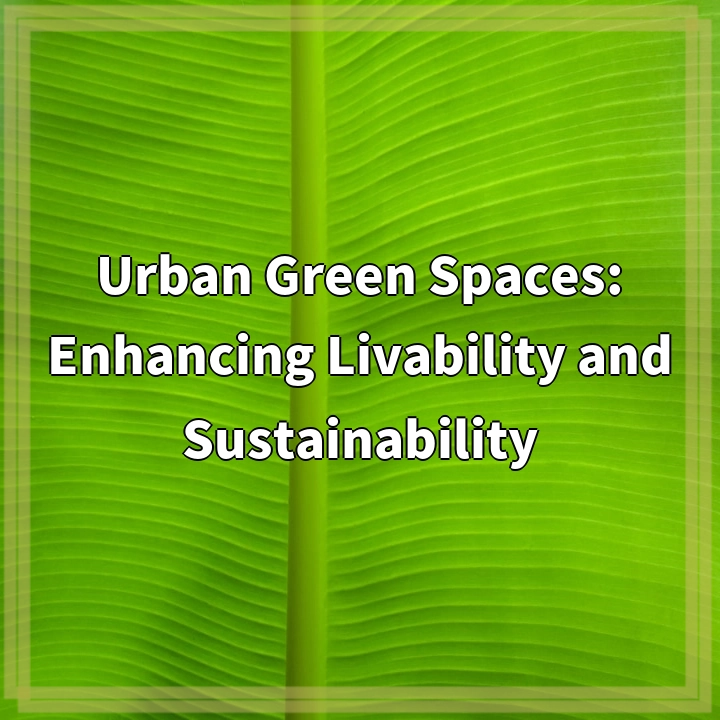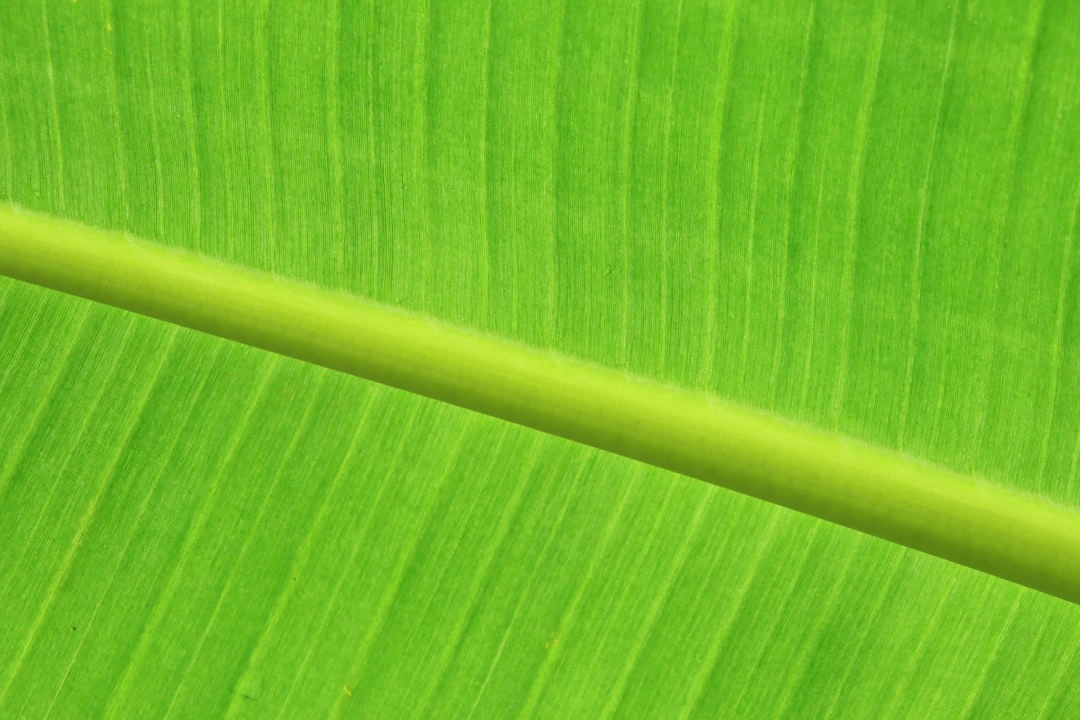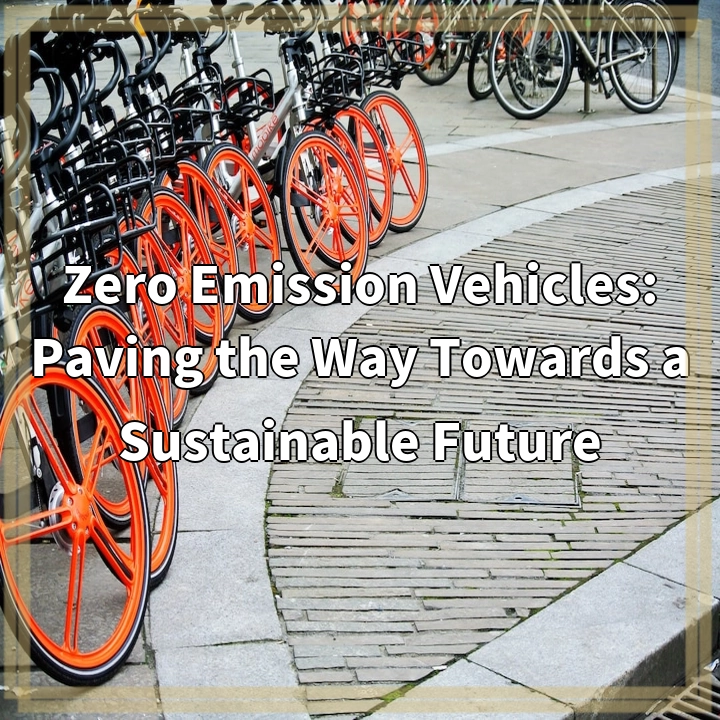
What are Urban Green Spaces?
Urban green spaces are designated areas within cities and urban areas that are covered with vegetation, such as parks, gardens, trees, and other natural elements. These spaces are designed to provide a respite from the concrete jungle, offering recreational opportunities, improving the aesthetics of the city, and promoting the well-being of its residents.
Real-World Problems Associated with Urban Green Spaces
1. Limited Access
One of the key challenges with urban green spaces is ensuring equal access for all members of the community. In some areas, green spaces may be concentrated in certain neighborhoods, leaving others with limited access to nature. This can lead to inequities in health outcomes and reduced quality of life for those living in underserved areas.
2. Fragmentation and Loss of Biodiversity
Rapid urbanization often results in the fragmentation and loss of natural habitats, which can negatively impact biodiversity. Urban green spaces that are isolated and disconnected from larger natural areas may offer limited ecological benefits and contribute to a decline in native plant and animal species.
3. Lack of Maintenance and Management
Urban green spaces require regular maintenance to remain vibrant and functional. However, limited funding and resources, coupled with competing priorities, can lead to neglect and a lack of proper management. This can result in the deterioration of green spaces, reducing their ability to provide benefits to residents and ecosystems.
4. Health and Well-being Inequities
Access to green spaces has been linked to numerous health benefits, including improved mental health, reduced stress, and increased physical activity. However, certain populations, such as low-income communities and marginalized groups, may face barriers to utilizing urban green spaces. Addressing these inequities is crucial for promoting the health and well-being of all residents.
5. Urban Heat Island Effect
Urban green spaces play a vital role in mitigating the urban heat island effect, which refers to the phenomenon where cities experience significantly higher temperatures compared to surrounding rural areas. The lack of green spaces and the presence of heat-absorbing materials in urban environments contribute to increased heat retention, affecting the comfort and health of residents.

Solutions for Urban Green Spaces
1. Enhancing Accessibility
Efforts should be made to ensure equal access to urban green spaces for all members of the community. This can be achieved through strategic planning and design, considering the diverse needs of different populations. Creating green spaces in underserved areas and improving transportation options can help address accessibility challenges.
2. Ecological Planning and Design
Integrating ecological principles into urban planning and design is crucial for creating sustainable and biodiverse green spaces. This involves considering the connectivity between green spaces, preserving and restoring natural habitats, and incorporating native plant species to support local ecosystems.
3. Adequate Funding and Maintenance
To ensure the long-term viability of urban green spaces, sufficient funding and resources should be allocated for their maintenance and management. This includes regular upkeep, proper waste management, and engaging the community through volunteer programs and partnerships. Public-private collaborations can also help in generating additional financial support.
4. Promoting Inclusivity and Equitable Use
Addressing health and well-being inequities requires proactive measures. This can involve community engagement initiatives, educational programs, and outreach efforts aimed at ensuring that all residents have knowledge of and access to the benefits of urban green spaces. Collaborating with local organizations and involving the community in green space planning can help foster a sense of ownership and inclusivity.
5. Heat Mitigation Strategies
To combat the urban heat island effect, urban green spaces should be strategically designed to provide shade, cool the air, and reduce heat island effects. This can include incorporating trees and green roofs, promoting the use of reflective materials, and encouraging the development of green infrastructure projects, such as green walls and urban forests.















